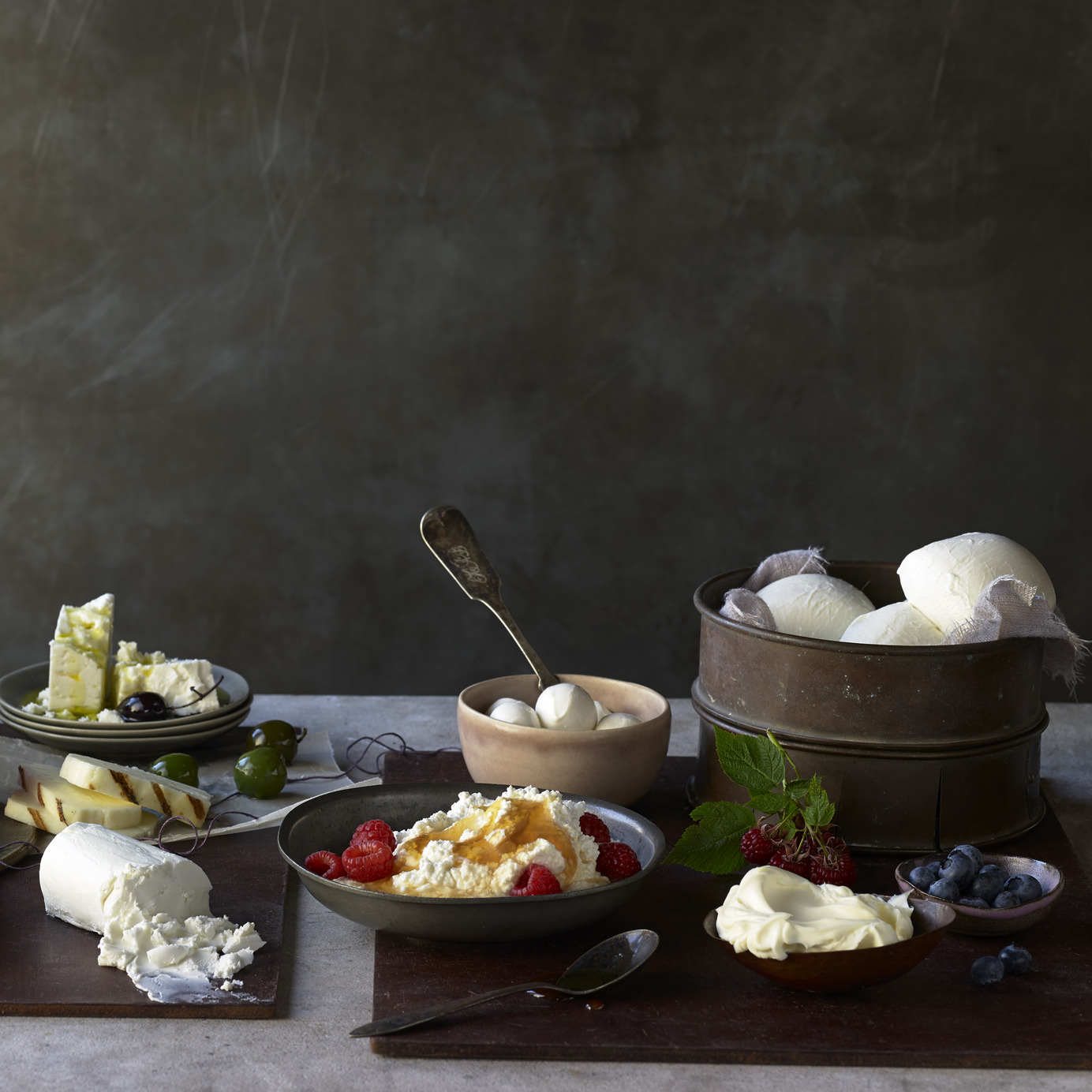
Staring down a cheese case can intimidate even the most confident cook. The array of styles, textures, hard-to-pronounce names (bonjour, chabichou!), and ingredients is puzzlingly labyrinthine. Is goat’s milk stronger than sheep’s? What is a bloomy rind, exactly?
Cheesemonger Liz Thorpe, formerly of NYC’s legendary Murray’s Cheese, devised a system to demystify cheese, helping mere mortals explore the category.
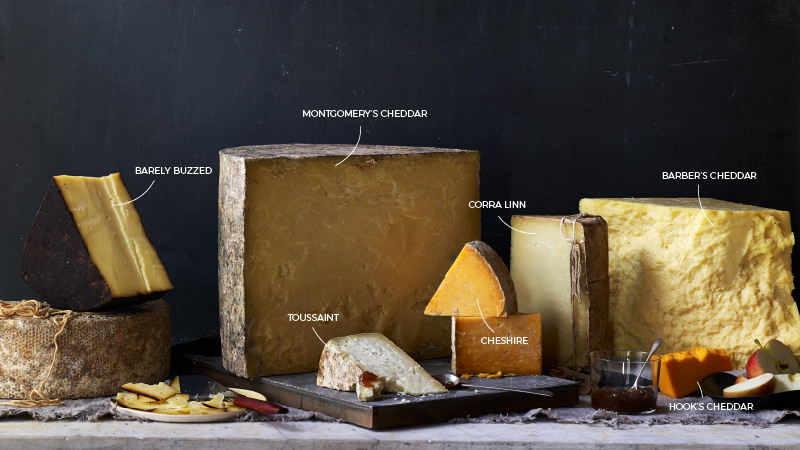
In “The Book of Cheese,” Thorpe identifies 10 “gateway” cheeses. Grouped by taste and texture, each serves as a point of access to a family tree of cheeses with similar properties.
Let’s say you like Cheddar. (Who doesn’t?) If you want to scratch that same itch with a different cheese, should you stick to ones made with cow’s milk? Or from England? By following Thorpe’s roadmap, you learn that cheddar fans tend to enjoy chunky, crumbly cheeses you can eat by the slice. Now you’re on the road to discovering such lesser-known cheddar cousins as Cheshire, Red Leicester, Hafed, and Laguiole.
“The gateways are your cheeses of departure,” Thorpe writes. “They’ll introduce you to a larger group, arranged along a spectrum of increasing flavor intensity, [so] you can confirm what you like [and] branch out across gateways with confidence.”
The concept is revolutionary in cheese, yet will be instantly familiar to anyone who has ever walked into a wine shop and said, “I like dry reds.” It’s an anecdotal, personal approach.
“Consumers today are much more interested in exploration and discovery,” Pamela Danzinger, president of Unity Marketing, says. “There’s a strong drive to experience new and different things.” Whereas previous generations might have just stuck to Brie because it’s familiar, French, or what their parents served, the gateways system makes the wide world of cheese accessible to curious palates.
Ready to change your life, one cheese at a time? Buckle up.
All cheeses are listed in order of ascending flavors and pungency. Brand names, when applicable, are linked.
If You Like Mozzarella
Try: Quark, Paneer, Mascarpone, Burrata, Halloumi, Crescenza/Stracchino, Fromage Blanc, Chevre, O’Banon, Feta
Listed in order from easygoing and creamy, to intensely briny, these cheeses are all unaged and rindless, and taste primarily like milk, yogurt, and/or salt. No wacky barnyard flavors here.
Serve with: Smoked fish, buckwheat honey, herbed flatbreads
Pair with: Coffee
If You Like Brie
Try: Moses Sleeper, Saint Andre, Mt. Tam, Brillat-Savarin, Robiola Bosina, Humboldt Fog, Bucheron, Cremont, St. Albans, Camembert de Normandie
These soft, spreadable cheeses have white rinds and flavors that range from buttery creamed corn to intensely vegetal, reminiscent of cooked mushrooms or bitter greens. They liquefy as they temper, making them excellent schmears.
Serve with: Thin crackers, dried cherries, arugula
Pair with: Unoaked Chardonnay
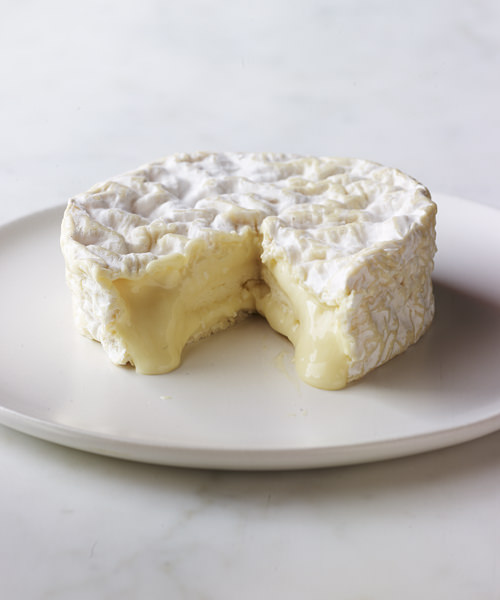
If You Like Havarti
Try: Colby, Monterey Jack, Toma, Asiago, Tomme de Crayeuse, Fontina, Morbier, Pawlet, Raclette, Tomme de Savoie
Pillowy and smooth, Havarti types have milky, approachable flavors that can be innocuously oozed into grilled cheese sandwiches, or provide majorly earthy aromas with everything from hay to complex, loamy notes. All are solid melters.
Serve with: Seasoned crackers or flatbreads, apples, tomato jam
Pair with: Oaked Chardonnay, Pinot Noir, Grenache, Syrah
If You Like Taleggio
Try: Dorset, Quadrello di Bufala, Schloss, Brick, Munster, Oma, Vacherin Mont d’Or, Grayson
Taleggio gateways are soft, sticky, and stinky — though don’t be turned off by strong odors. Flavor profiles here range from salted butter to prosciutto to savory bouillon. These are luscious, lingering cheeses with ample umami, akin to Brie but “stronger,” Thorpe says.
Serve with: Crudite, pickles, dried apricots
Pair with: Riesling, Gewurztraminer
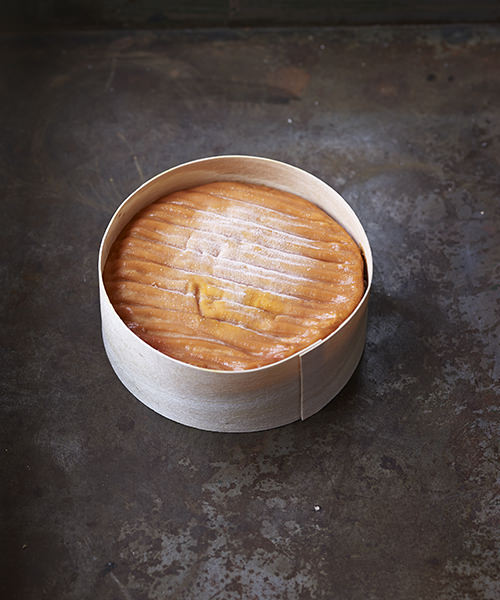
If You Like Manchego
Try: Ticklemore, Manchester, Queso de Murcia, Pecorino Toscano PDO, Madeleine, Gabietou, Berskwell, Boont Corners, Pastorale, Pecorino Romano PDO
Aged sheep and goat cheeses are less prevalent in American supermarkets than, say, shrink-wrapped balls of fresh mozz, but they’re worth seeking out. Manchego-style cheeses start out quietly herbal, and progress to nutty caramel, and eventually become meaty and complex. Sturdy and subtle, cheeses in this family are their own vessel, so feel free to ditch the cracker.
Serve with: Quince or other tart fruit spread, raw almonds, or walnuts
Pair with: Brown ale, Merlot, Nebbiolo, Sangiovese
If You Like Cheddar
Try: Red Leicester, Double Gloucester, Cheshire, Toussaint, Lancashire, Prairie Breeze, Flagship, Corra Linn, Hafod, Laguiole PDO
These chunky cuts range from moist and buttery, to sour and lactic, to earthy and gamy. Options in the cheddar family can be clothbound cow’s milk or tangy sheep’s milk cheeses; what connects them is that springy, chewy, occasionally crumbly texture that slices beautifully.
Serve with: Apricot or fig spread, sweet chutneys, bread and butter pickles
Pair with: Cider, porter or stout (middle-of-the-road cheeses only)
If You Like Swiss
Try: Jarlsberg, Emmentaler, Comte, Gruyere, Pleasant Ridge Reserve, Challerhocker
Alpine-style cheeses are cooked and pressed, which means they are firm but still pliable, and generally sweet and nutty. This family is great at melting, whether it’s the Gruyere bubbling atop a bowl of onion soup, or Emmentaler sandwiched between ham and butter in the croque-monsieur of your dreams.
Serve with: Raw or pickled onions, high-cacao chocolate, broccoli rabe
Pair with: Belgian ale, espresso, Jura Vin Jaune, Sherry
If You Like Parmesan
Try: Pave du Nord, Parrano, Aged Goat or Sheep Gouda, Asiago PDO, Grana Padano PDO, Piave PDO
While many of us treat these hard, crumbly cheeses as a condiment, high-quality versions are complex enough to stand up to fatty charcuterie or nibbling straight. Flavors range from buttered toast to butterscotchy bourbon to uber-salty seawater.
Serve with: Balsamic vinegar, chestnut honey, caramelized nuts, or fried Marcona almonds
Pair with: Lambrusco, big reds like New World Malbec or Zinfandel
If You Like Blue
Saint Agur, Saga, Blu di Bufala, Gorgonzola PDO, Bleu de Berger, Dunbarton Blue, Stilton PDO, Maytag Blue, Queso de Valdeon, Roquefort PDO
This is a remarkably diverse category, spanning yogurt-like spreadable cheeses with tang, to crumbly, mic-drop final courses. All blue cheeses are salty, with tastes reminiscent of cream, coconut, anise, unsweetened chocolate, and black pepper. Blue cheeses are notoriously divisive; if you’ve had one or two you don’t like, Thorpe suggests trying others. They just might surprise you.
Serve with: Chocolate, Medjool dates, endive, or celery
Pair with: Stout, Viognier, off-dry Riesling, Moscato
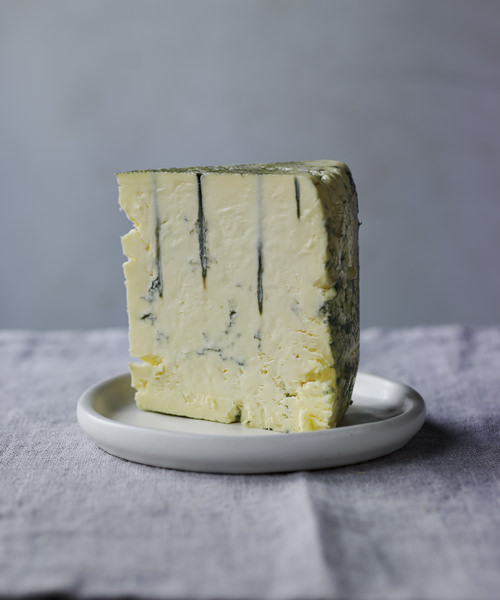
And, Finally, The Misfits
This catchall category includes everything from soft-ripened French goat cheeses that are cakier than your average Brie; to loudly sour Portuguese and Spanish cheeses made with thistle rennet; to “WTF” varieties like geitost, a sugary sweet Norwegian goat cheese that weirdly resembles fudge.
Serve (and pair) with an open mind.
